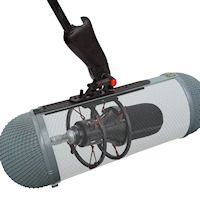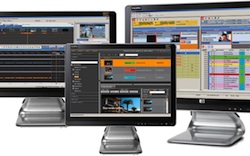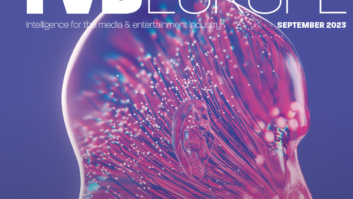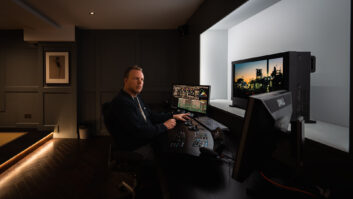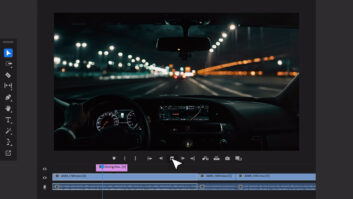Historically, viewing three-dimensional (parallax) visual information has required stereoscopic technology that is not compatible with normal display screens. Stereoscopic systems require left/right visual information to be presented simultaneously (or near instantly) on separate channels to each eye. Stereoscopic imagery requires that left and right images be formatted for 3D monitors which require special glasses or special screens to view.
Vision III has taken a different approach by presenting parallax information over time, in a manner that is compatible with standard unaided displays and media.
Chris Mayhew, CEO and president, Vision III, explained: “When applied, it has been shown to overcome one or more of the problems associated with traditional stereoscopic imaging methods. v3D provides the ability to capture three-dimensional visual information in a manner that triggers a non-fatiguing perceptional response in the viewer. It uses stereoscopic parallax scanning to simulate information captured by the eye’s natural gaze, saccade and head motions.”
He added that v3D allows the combined stereoscopic display (left and right views) to present a variety of three-dimensional information to the viewer in a manner that will create ‘a unified realistic
visual perception’.
8.G03a
